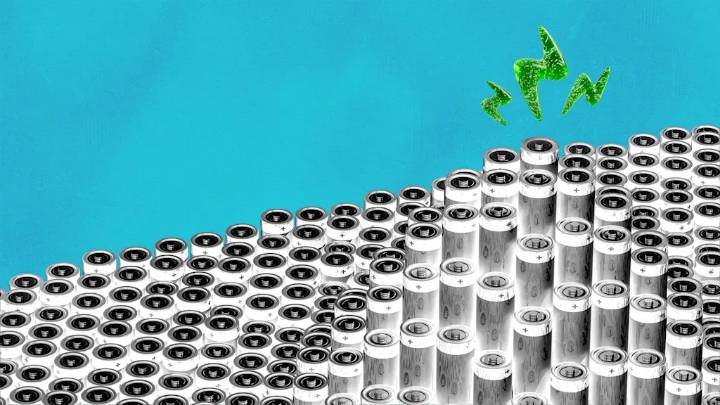The global race for better batteries has never been more intense. Electric vehicles, drones, and next-generation aircraft all depend on high-performance energy storage—yet the traditional approach to battery R&D is struggling to keep pace with demand.
Innovation and investment alone won’t solve the problem, unless we compress the timeline. Speed is now the defining barrier between potential and impact. Even as AI speeds up materials discovery, battery lifetime still dictates success: each charge-discharge cycle lasts about six hours, so proving out 500 cycles can take up to eight months, turning lifetime testing into the key bottleneck for promising chemistries.
That’s changing. Physics-informed AI is redefining battery development. National labs like NREL have shown how neural networks

 Fast Company Technology
Fast Company Technology

 Reuters US Top
Reuters US Top The Atlanta Journal Constitution
The Atlanta Journal Constitution Fortune
Fortune The News-Star
The News-Star Colorado Springs Gazette
Colorado Springs Gazette She Knows
She Knows AlterNet
AlterNet The List
The List Press of Alantic City Business
Press of Alantic City Business